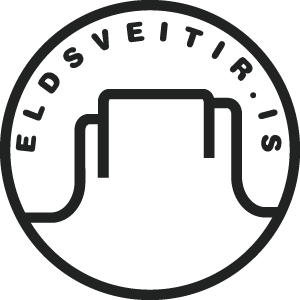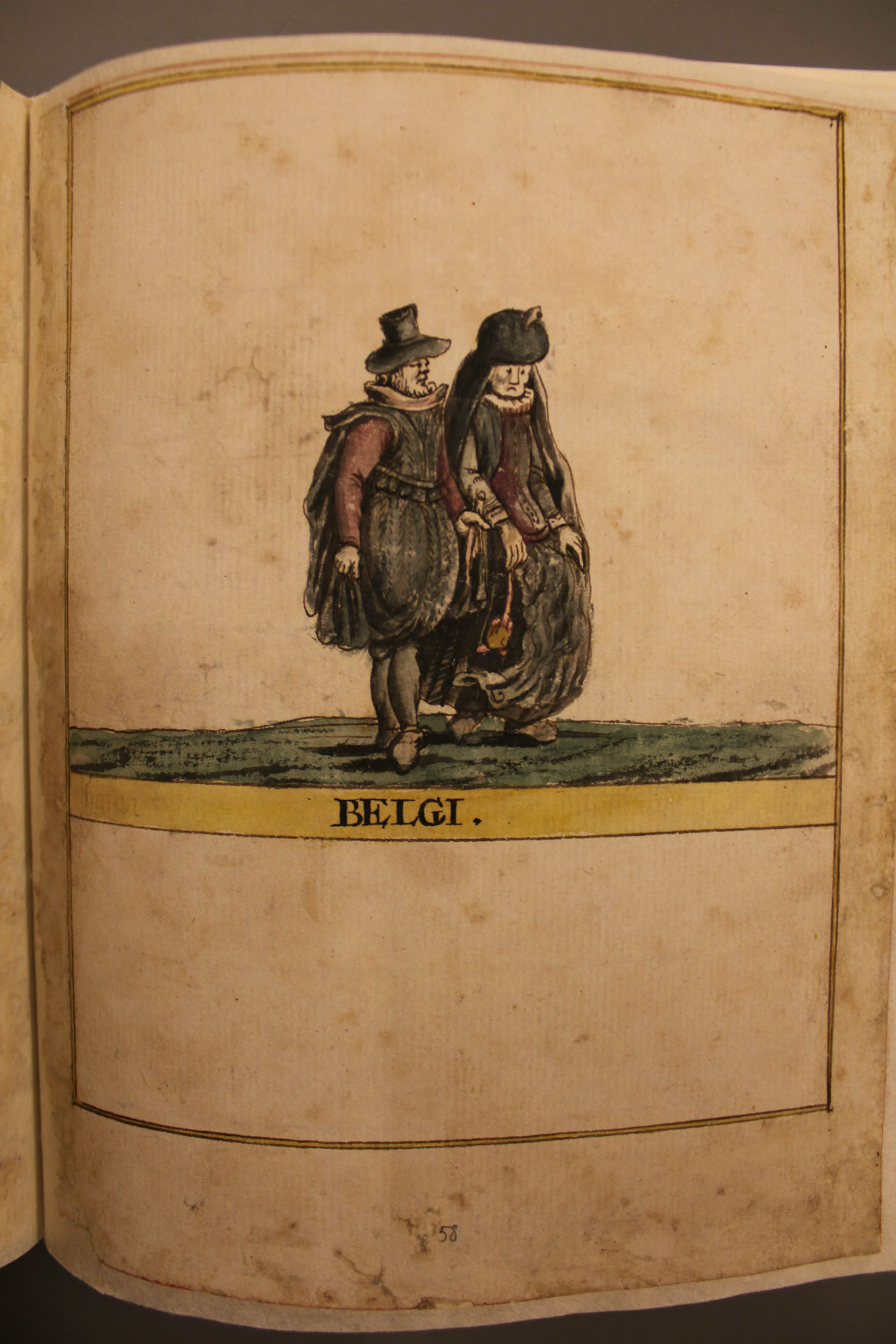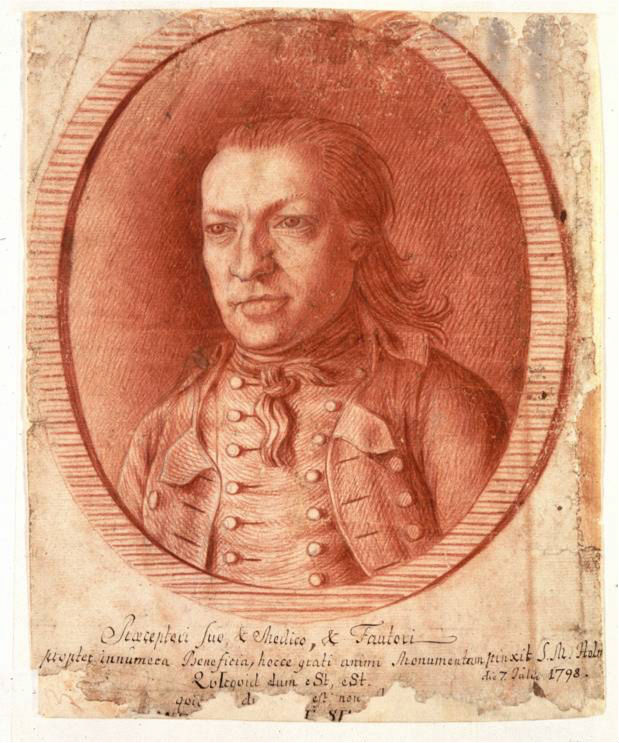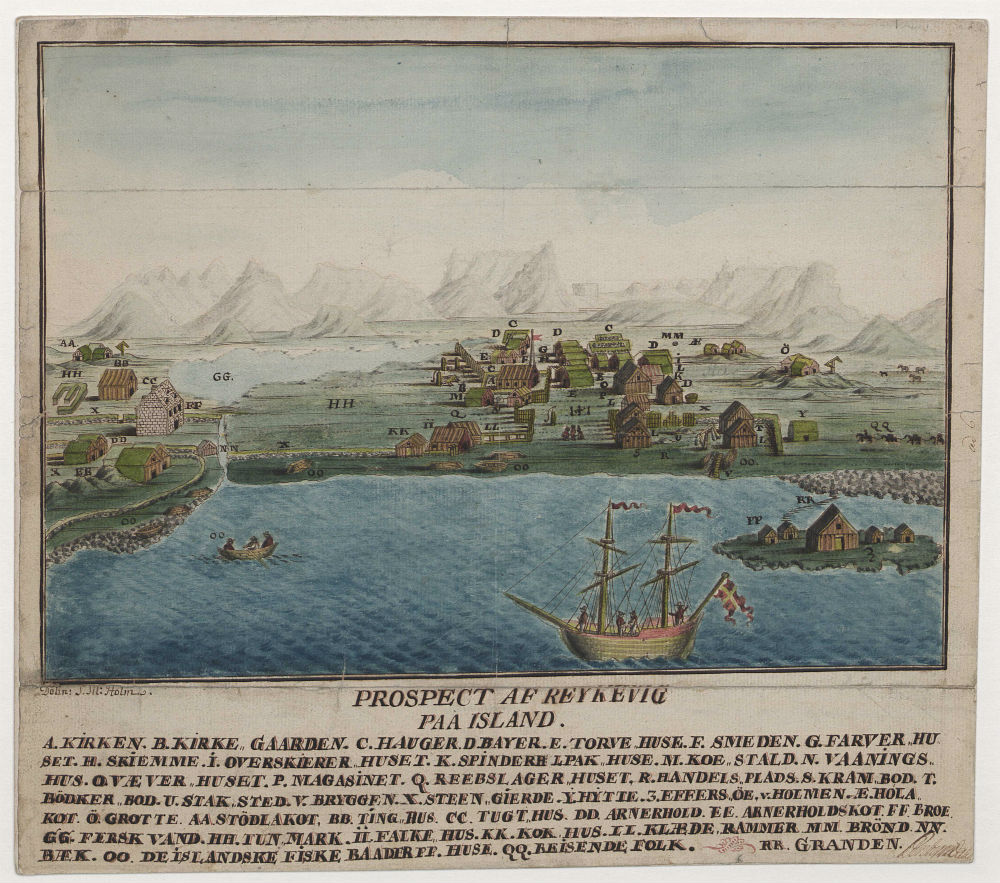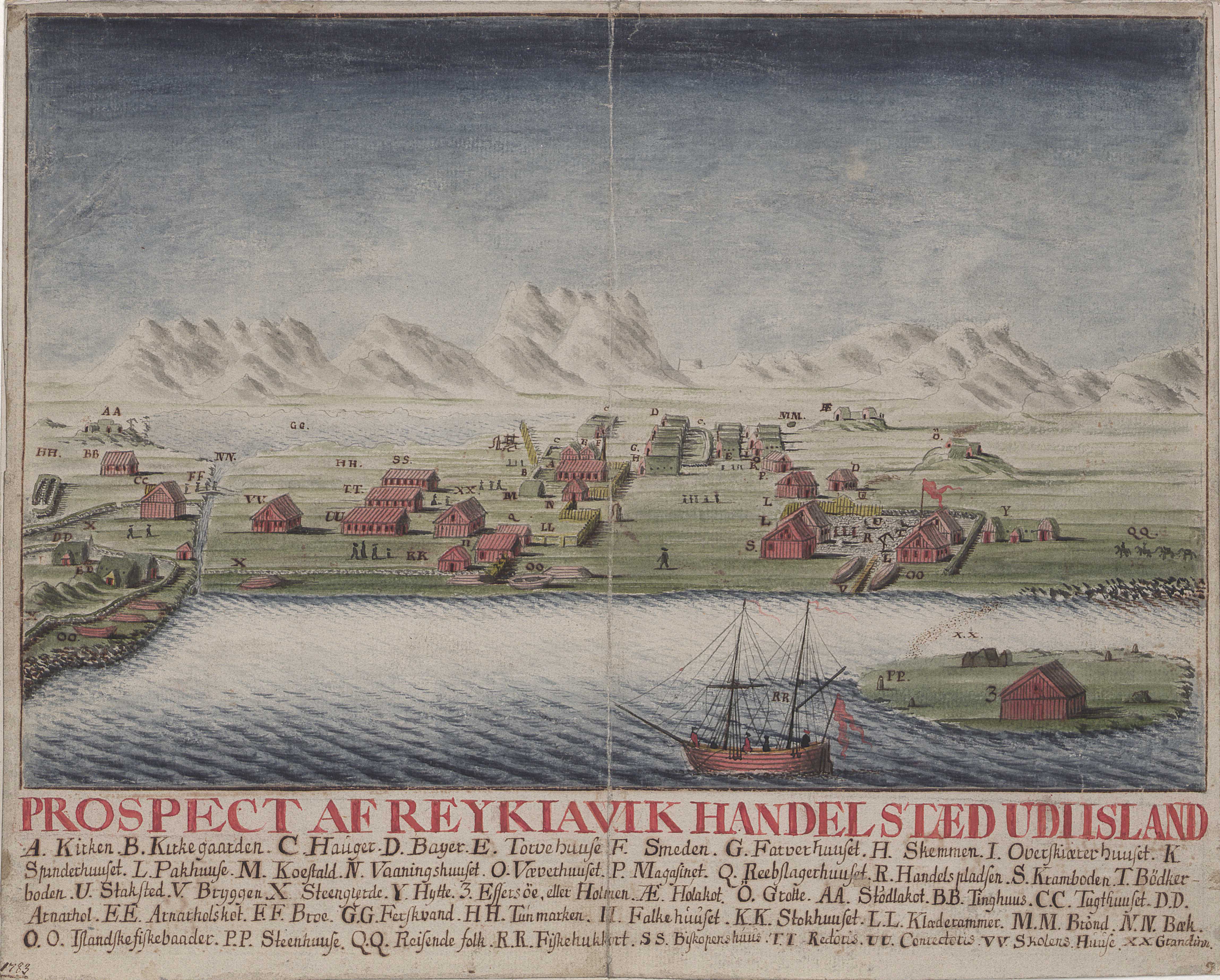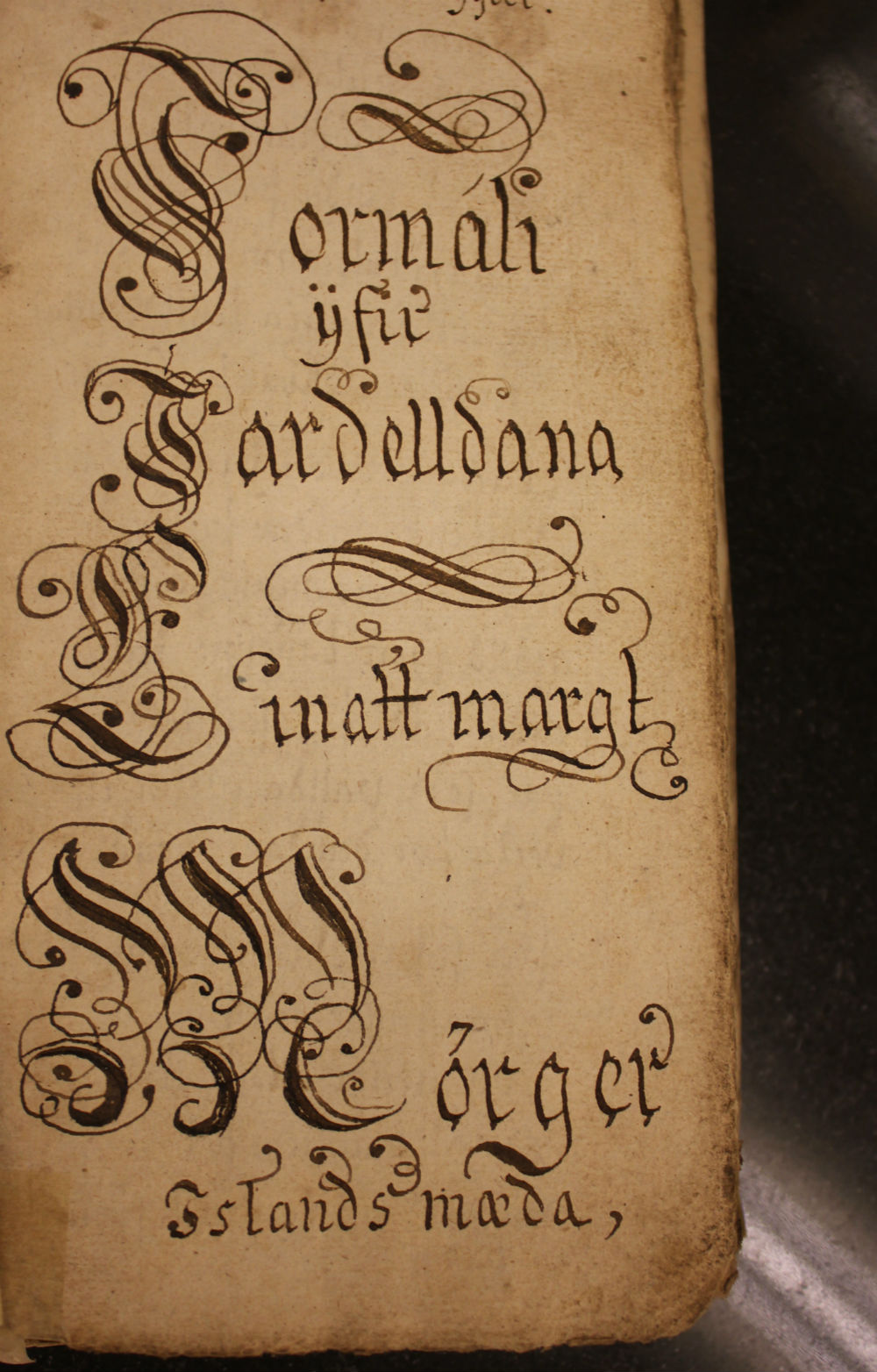Sæmundur Hólm was the first Icelander to enter the Danish Royal Academy to study art. His name was Sæmundur Magnússon and he was born in 1749 at Hólmasel in Meðalland. When he was living in Copenhagen the Laki eruption of 1783 took place in his childhood haunts. His parents and all their neighbours suffered a lot. Sæmundur was multitalented; he was a painter, made a draw to show the Lava from Laki, wrote a book about the Laki eruption, made maps and he wrote poems.
A remarkable feature of this area is the number of notable artists it has produced. One such individual was Kjarval, a fine 20th century landscape artist who often came to paint in the locality. When he stayed at Kirkjubæjarklaustur there was a young lad who became his regular companion, wishing to learn all he could from the master. In later life this boy went abroad to study art and would achieve international acclaim under the name Erró.
Undoubtedly one of the most talented and least recognized of the other painters associated with this locality is Sæmundur Hólm. Born Sæmundur Magnússon in 1749 he grew up on the family farm at Hólmasel in Meðalland. He was already the deacon of Kirkjubæjarklaustur when with the backing of a benefactor he moved to Copenhagen to study.
Changing his name to Sæmundur Hólm, his initial intention was to study philosophy, but he ended up studying art and was the first Icelander to enter the Danish Royal Academy. Also attending the academy at this time was a student by the name of Bertel Thorvaldssen. Thorvaldssen´s father was Icelandic, his mother Danish. In later life Thorvaldssen went on to become one of Denmark´s most famous sculptors. Hólm studied at the academy for four years but would never achieve the same recognition as Thorvaldssen despite receiving the same prizes and critical admiration.
Hólm would do sketches of many contemporaries which are still to be seen. A keen naturalist, he also drew images from nature and later in his career would become a cartographer. Most famous is his map of volcanoes in the Skaftafell district both before and after the massive Laki eruption of 1783. Hólm´s maps are unique in that no Icelander had ever undertaken such work.
Hólm wrote a book on the Laki eruption based on letters written by people who had experienced this terrible natural disaster. He wrote it in Danish and very soon the work was translated into German. Interestingly, it was not translated into Icelandic since certain influential people in Iceland considered it lacking in merit.
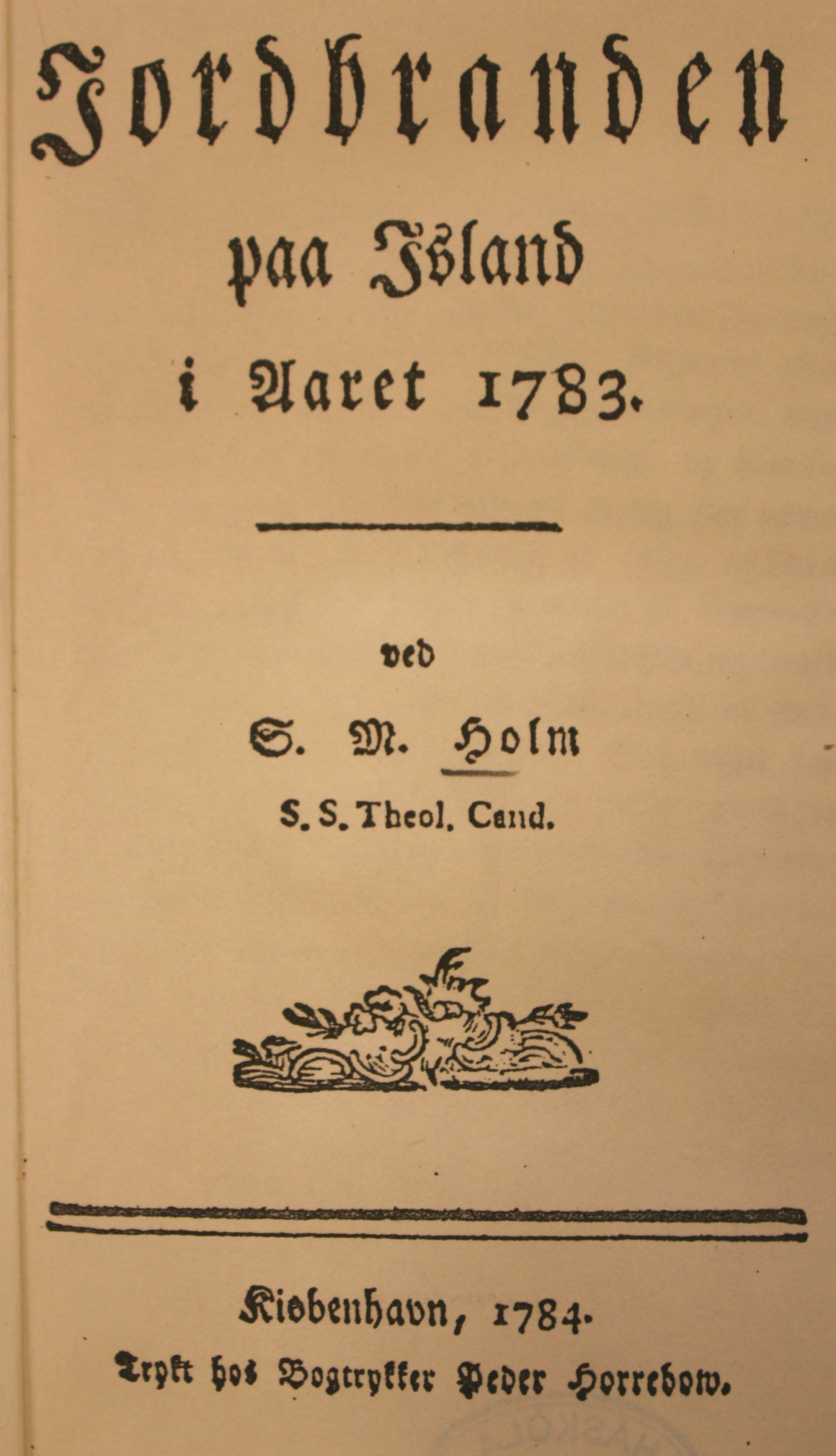
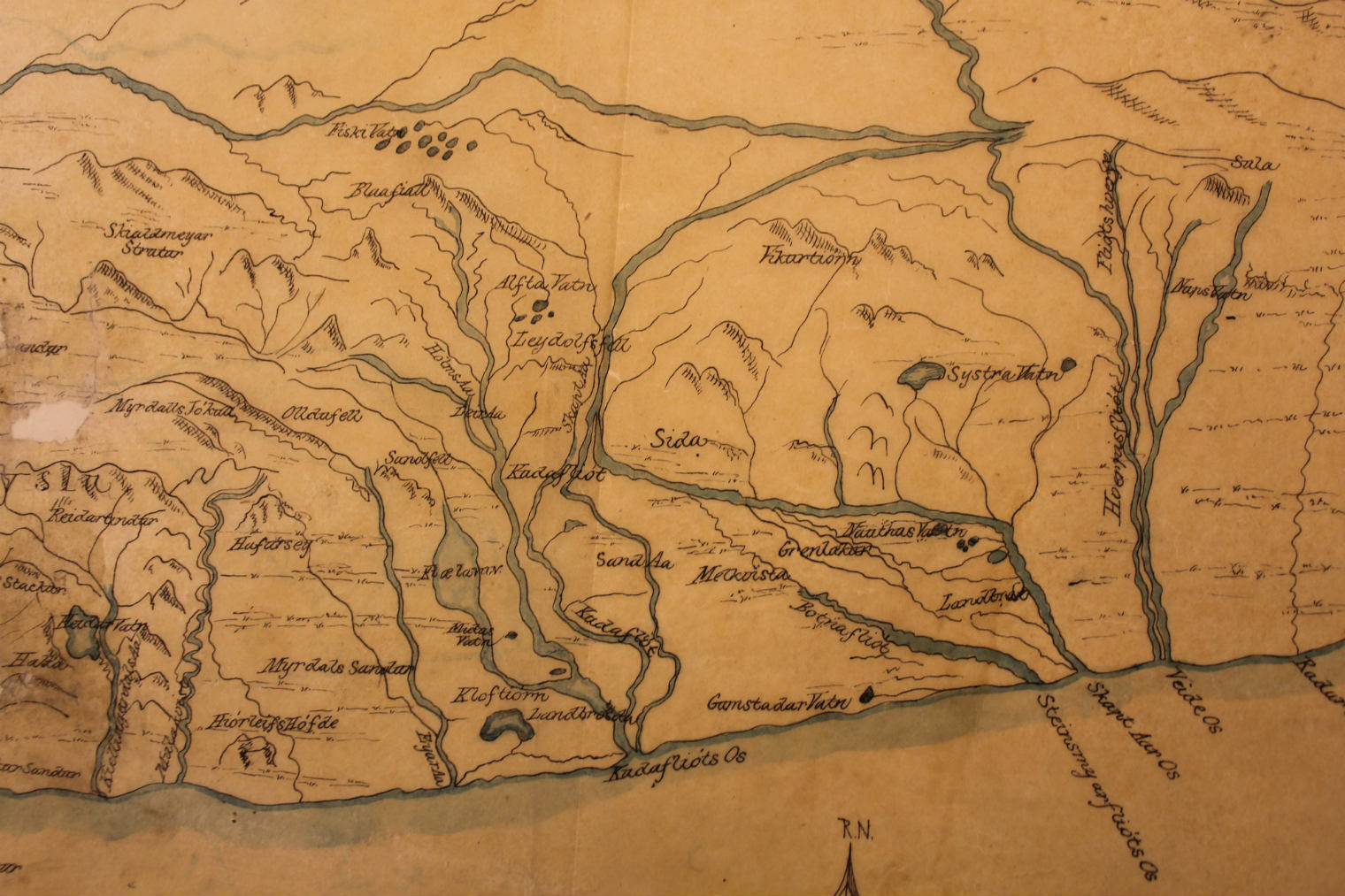
Sæmundur was on of Iceland first cartographer.
First you see map of Skaftárhreppur. Then map of Dyrhólaey in Mýrdal. Then two coloured maps of Reykavík.
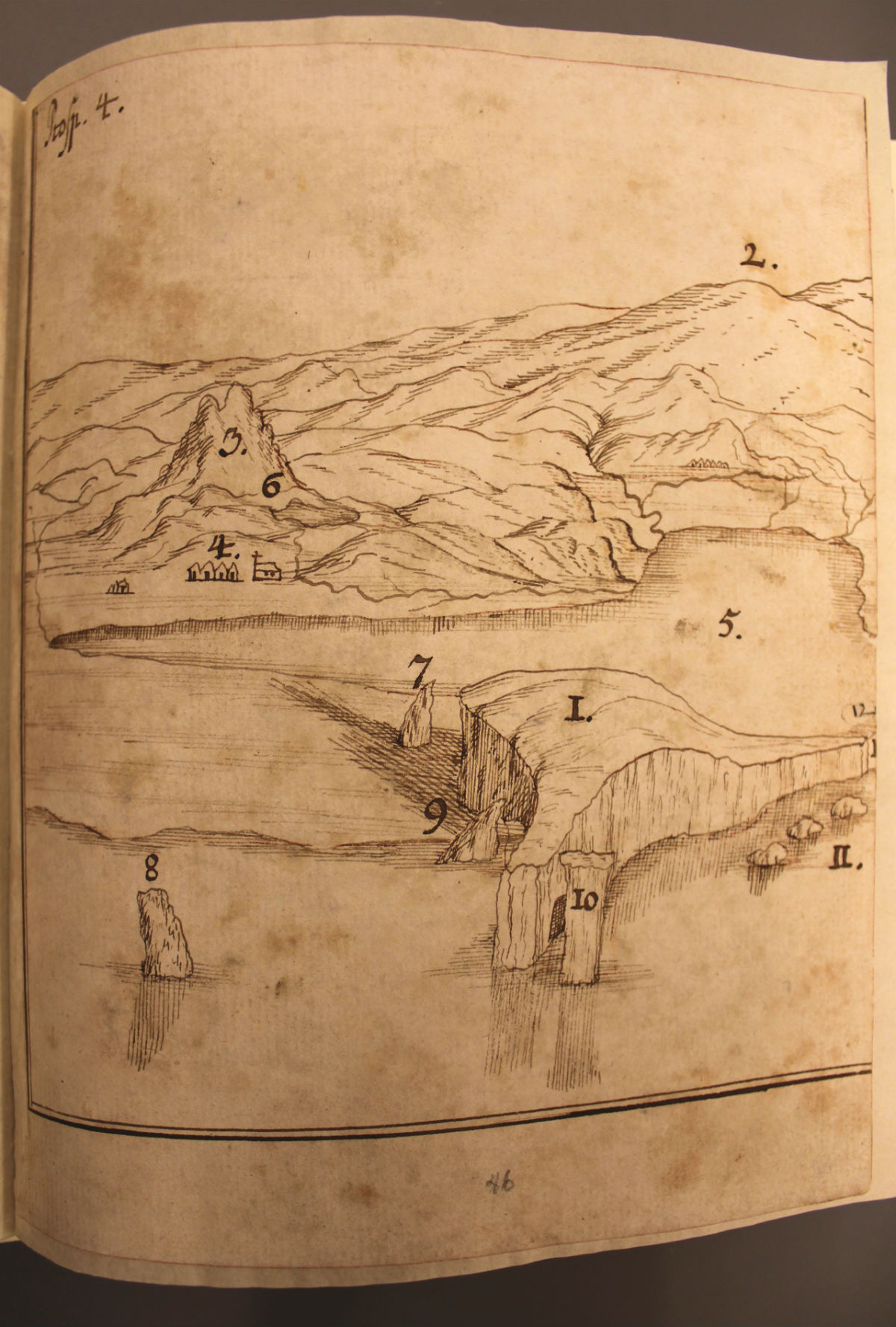
Hólm was also a poet but little of his work has ever been published. Despite being a man of considerable talent Hólm didn´t fair well in life. Upon studying theology in Copenhagen he had hopes of being given a parish in Iceland but met with little success. Eventually he was appointed as minister at Helgafell church in Snæfellsnes, a position he held until his death.
During his life Hólm was involved in endless disputes with his neighbours and the authorities. In his eulogy on Hólm, the poet Bjarni Thorarensen stated that Hólm had been badly treated by his fellowmen. Others however were of the opinion that Hólm was a cantankerous and confrontational individual.
You can also listen to a short version of this story
Translation by Neil McMahon
Here are the manuscript of poems. The manuscript are handwritten and very beautiful. They are kept in Handritadeild Landsbókasafns Íslands in Þjóðarbókhlaðan.
The two map of Reykjavík are from the web Íslandiskort.is with their licence.
[1] Matthías Þórðarson. 1920. Íslenzkir listamenn. Prentsmiðjan Gutenberg, Reykjavík. s. 23
[2] Matthías Þórðarson. 1920. Íslenzkir listamenn. Prentsmiðjan Gutenberg, Reykjavík. s.10-13
[3] Jón Steingrímsson. 1973. Æfisagan og önnur rit. Helgafell, Rv. s. 74-75
[4] Júlíana Gottskálksdóttir. 2011. Íslensk listasaga. I. bindi. Ritstjóri Ólafur Kvaran. Reykjavík:Forlagið og Listasafn Íslands.
[5] Sveinn Pálsson. 1983. Ferðabók Sveins Pálssonar. II. bindi. Bókaútgáfan Örn og Örlygur, Rv. s. 571
[6] Björn Th. Björnsson. 1964. Íslenzk myndlist á 19. og 20. öld. I. bindi. Helgafell, Rv. S. 14
[7] Haraldur Sigurðsson. 1978. Kortasaga Íslands, frá lokum 16. aldar til 1848. Bókaútgáfa Menningarsjóðs og Þjóðvinafélagsins, Rv. s. 173
[8] Bjarni Thorarensen. 1935. Kvæði. Hið íslenska fræðafélag, Kaupmannahöfn. S. 102-107
